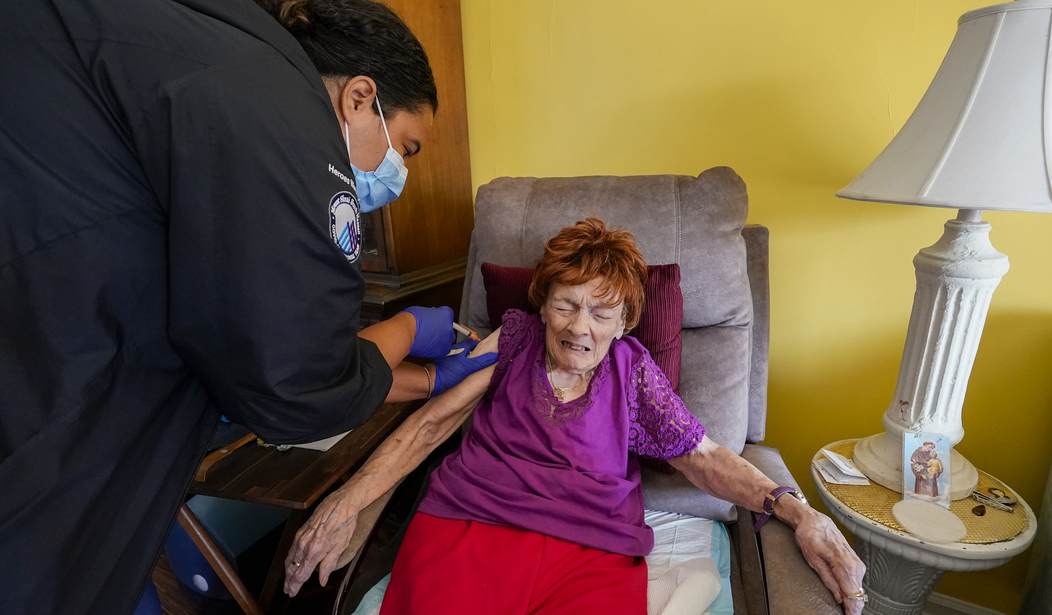One of the big COVID-19 mysteries is why some people suffer severe illness, while others experience mild colds. Research about reactive T cells produced during infection with other beta coronaviruses — which could explain a level of mitigating immunity for some people — has appeared in journals. Age certainly seems to be a significant risk factor. However, nothing to date explained all differences or provided any insight into which patients may suffer from severe disease.
Now researchers at the Medical University of South Carolina (MUSC) have found a specific and sensitive biomarker that may provide more insight:
In a new retrospective study, researchers at the Medical University of South Carolina (MUSC) discovered a specific and sensitive biomarker in blood samples that predicts which patients will develop COVID-19 symptoms. Their results, published online on July 9 in Scientific Reports, show that reduced levels of a specific lipid, sphingosine, are significantly associated with developing COVID-19 symptoms. Conversely, elevated levels of sphingosine, as well as a protein involved in its production, acid ceramidase (AC), are associated with asymptomatic infections.
Sphingosine is one lipid in the class called sphingolipids. These molecules are important to the integrity of the cell membrane, which viruses must penetrate to hijack the cell processes in order to replicate. Sphingolipids also facilitate communication between cells and regulate inflammation and the immune response to various infections. The MUSC Ogretmen Lab has decades of experience measuring different lipids using a standard scale.
Recommended: Will We Resist Institutional Fraud or Submit to the Ruling Class?
Inflammation is a known feature of severe COVID-19 and mortality, and clinicians believe it is caused by an immune system overreaction in the lungs. This reaction is sometimes referred to as a cytokine storm. The MUSC Lab performed an analysis of patient serum samples from the COVID-19 repository to look specifically for changes in sphingolipid levels. According to lead study author Alhaji Janneh, a graduate student in biochemistry and microbiology:
Just by looking at the data, you can clearly separate the different patient groups, even without doing technical statistical analyses.
This assertion is stunning. The researchers measured both sphingosine and the associated protein acid ceramidase (AC). Asymptomatic patients who tested positive for SARS-CoV-2 antibodies had slightly elevated serum sphingosine, and 75% had elevated levels of AC. Symptomatic COVID-19 patients had a 15-fold reduction in sphingosine, and almost all of them had no detectable AC. This finding leads to a 99% probability of correctly identifying which patients will develop symptoms of COVID-19.
Related: CDC Finally Admits Vax Can’t ‘Prevent Transmission’ of Delta Variant
Dr. Besim Ogretmen explains why this could be useful:
“Can this be an alternative way to predict which patients are the most vulnerable to severe disease?” asked Ogretmen, who is also a professor in the Department of Biochemistry and Molecular Biology and the SmartState Endowed Chair in Lipidomics and Drug Discovery. “If we can separate asymptomatic patients from symptomatic patients, we can use limited remedies and resources for patients who are more vulnerable.”
Right now, analyzing these lipid levels is expensive and requires specialized equipment. However, it could be commercialized as a clinical tool if it is confirmed to be valid for additional variants.
In other news, an additional repurposed medication has been found for further clinical study. Researchers from Italy and the United Kingdom have found that a drug used for lowering cholesterol and one of its primary metabolites reduced viral infection in viral cultures, also called in vitro, by 70%.
Fenofibrate is a generic medication that is widely available. The active metabolite of the drug, Fenofibric acid, destabilized the binding domain of the COVID-19 spike protein and prevented it from binding with ACE-2 in the lab. This finding would prevent SARS-CoV-2 from entering the body’s cells if dosing could achieve proper blood concentrations.
As we begin to understand the limitations of the current vaccines in preventing transmission and symptomatic disease long term, tools for assessment of the illness and therapeutics will become increasingly important. Americans will become resistant to boosters every six months or so, especially if they are not in a high-risk demographic.
The failure to fully explore symptomatic treatment is the most significant failure of the pandemic to date. We have drugs to treat many of the symptoms that appear at the various stages of COVID-19, and the goal should be to prevent hospitalizations.
With the decreasing vaccine effectiveness demonstrated in high vaccination nations like Israel, the UK, and Iceland, it is long past time for our health bureaucracy to get serious about how to use existing drugs to treat inflammation, blood clots, and viral replication in the most effective way to prevent hospitalizations. While there is no profit in many of these repurposed medications, they are invaluable to decrease disability and death.










